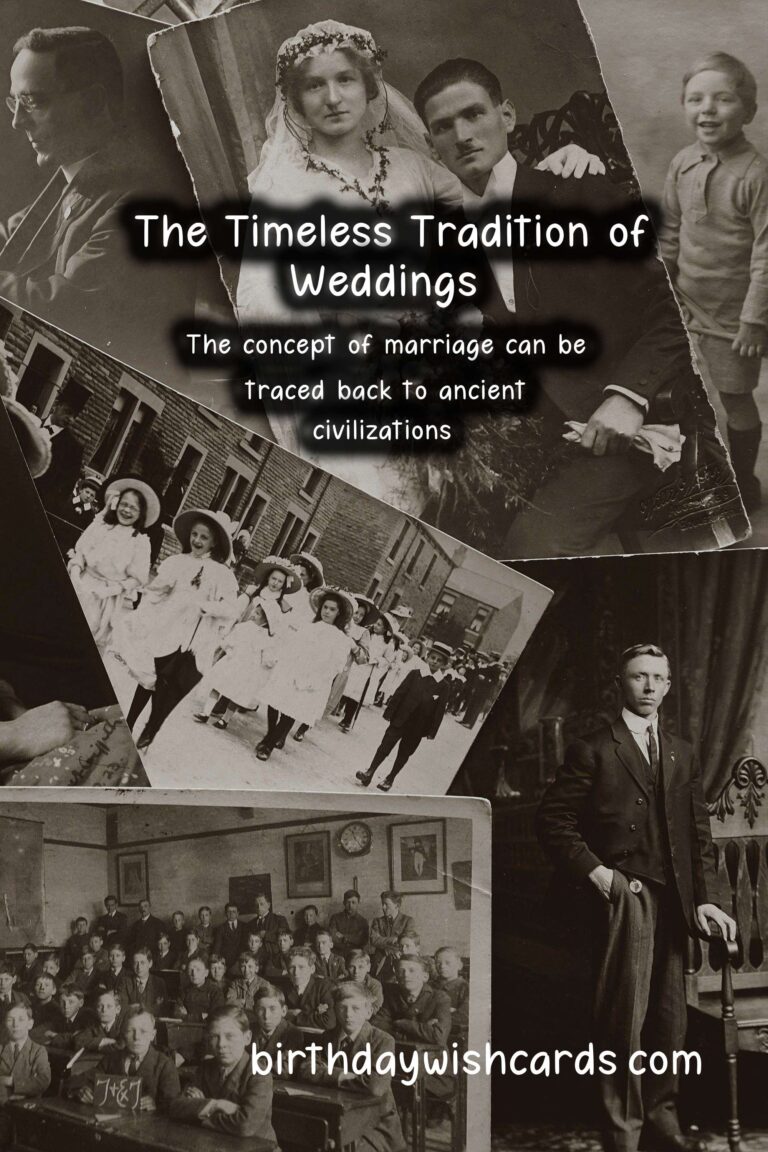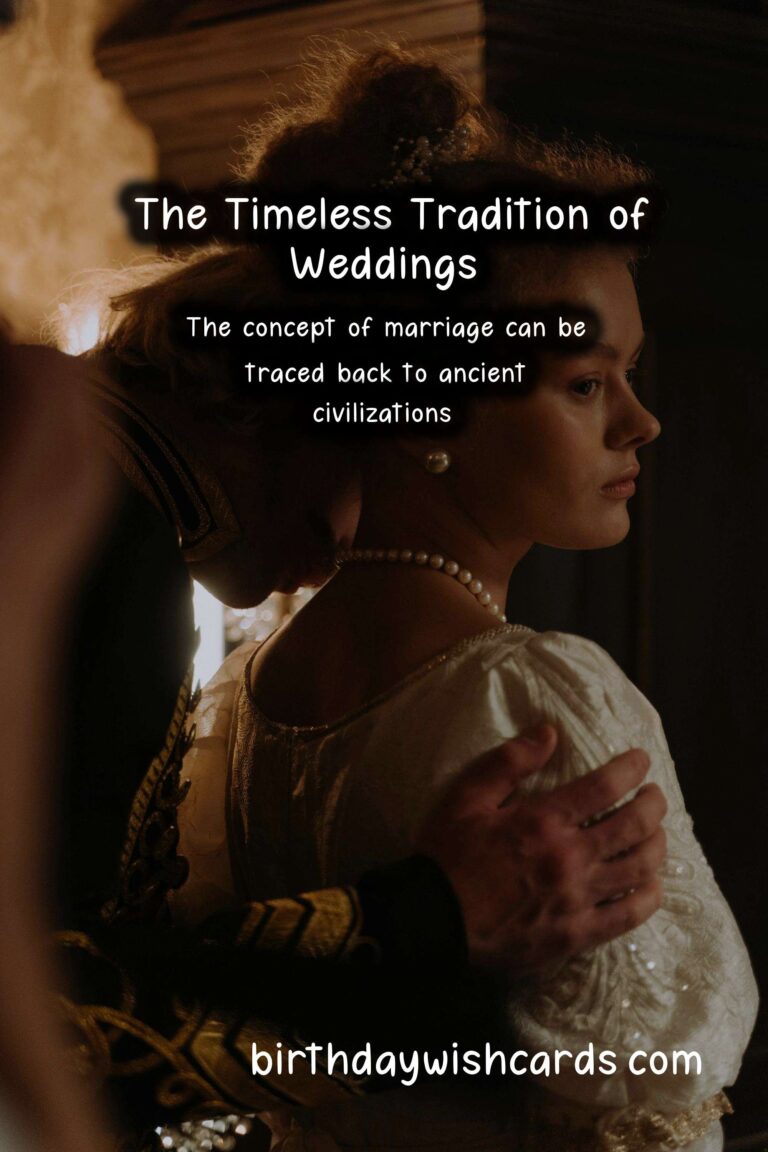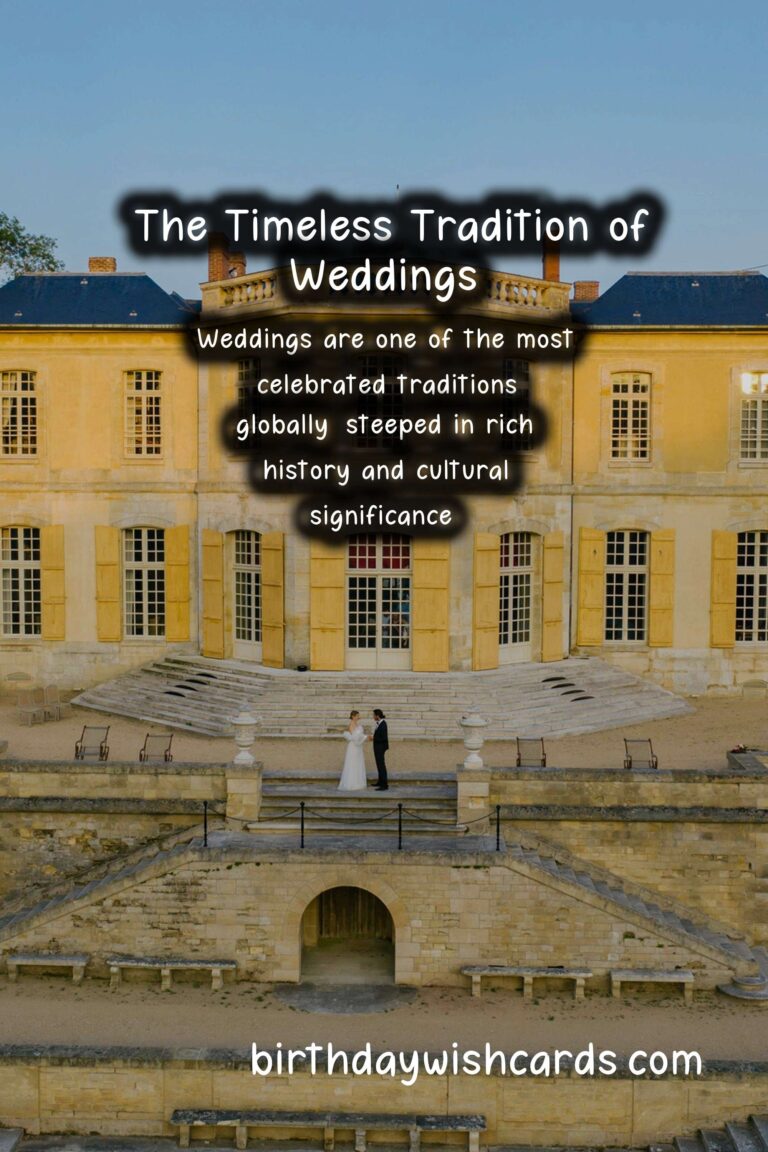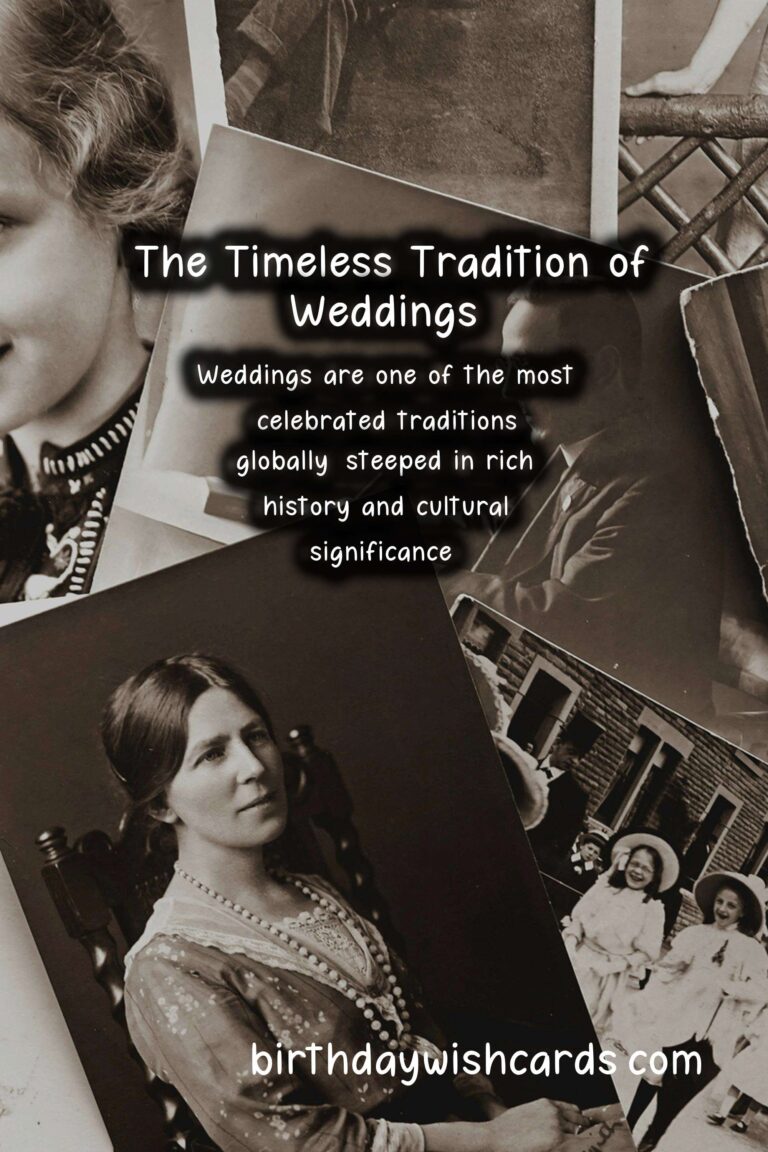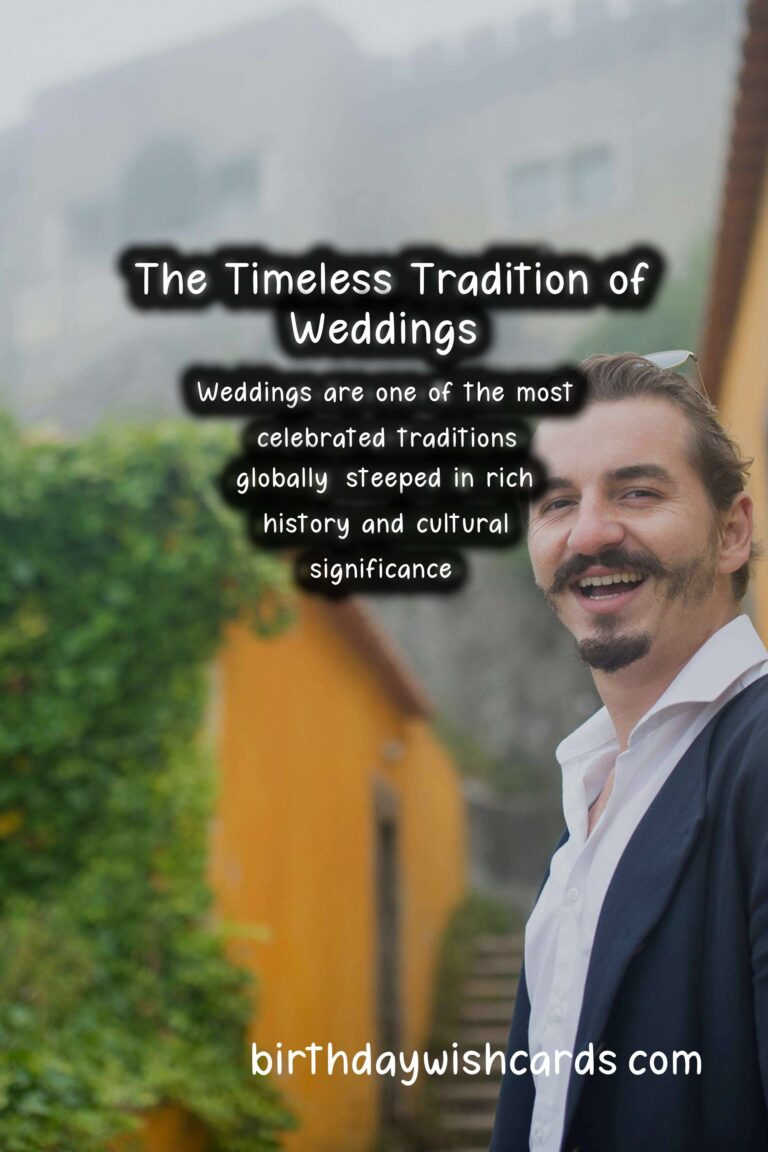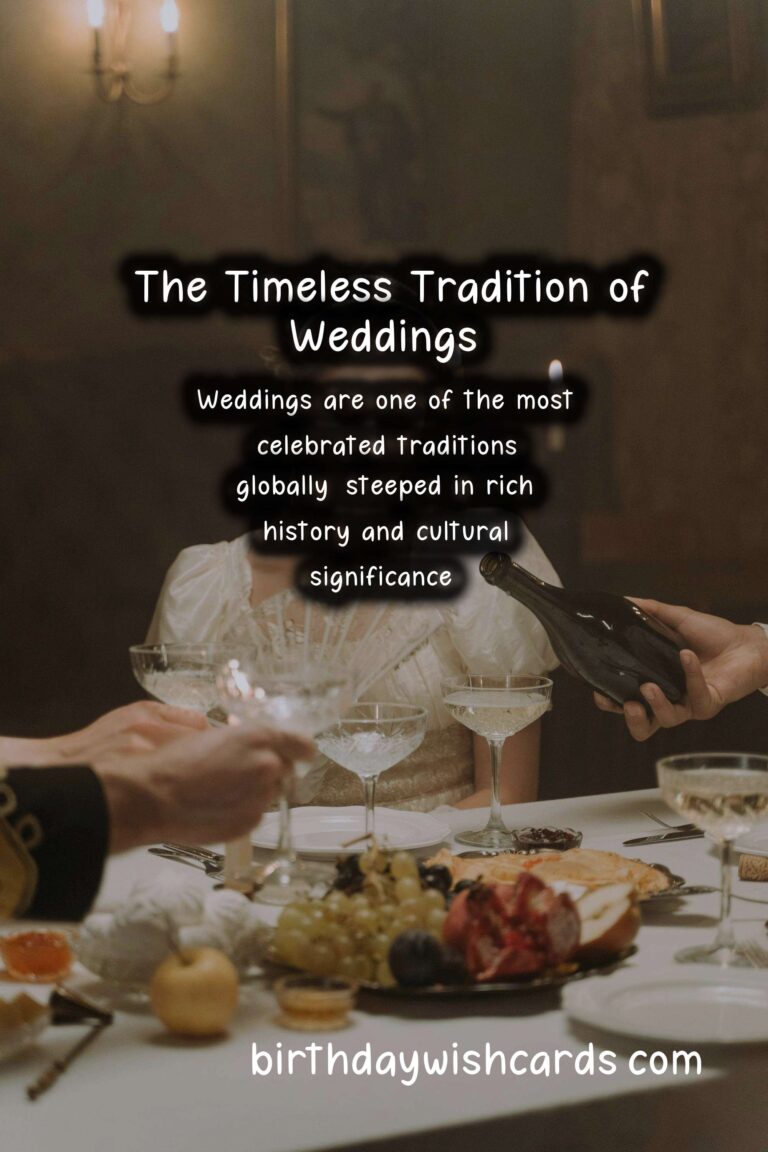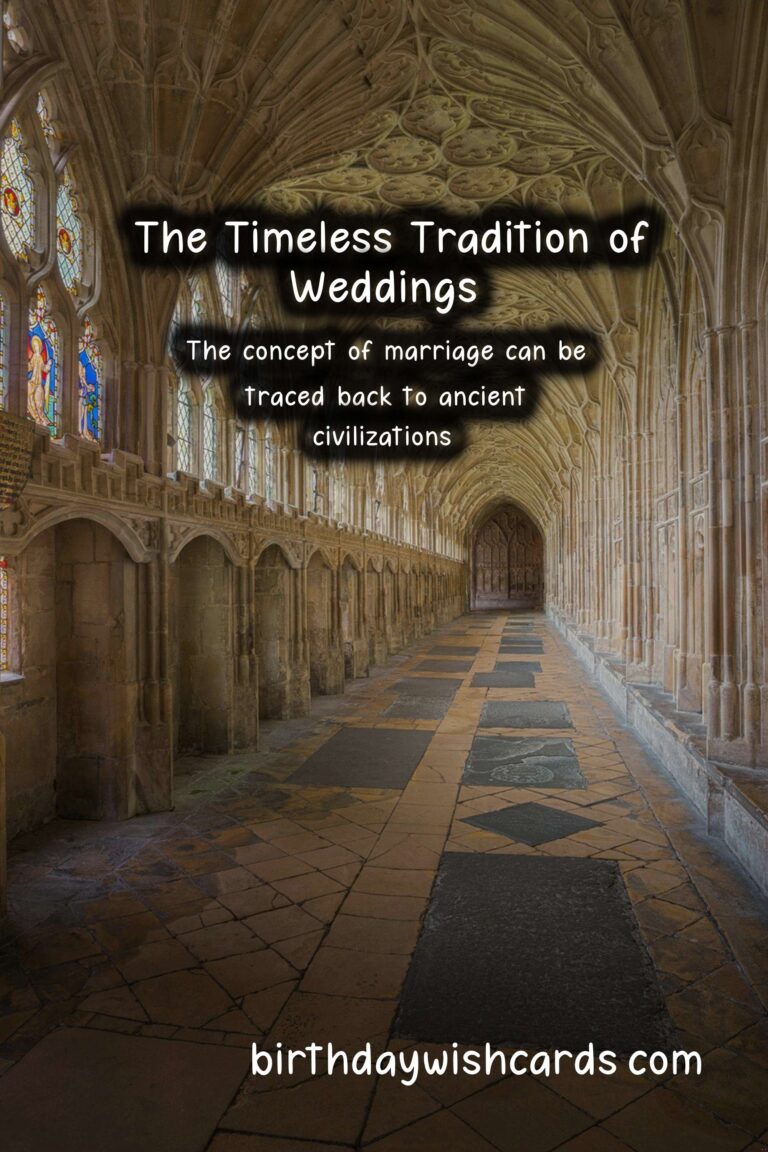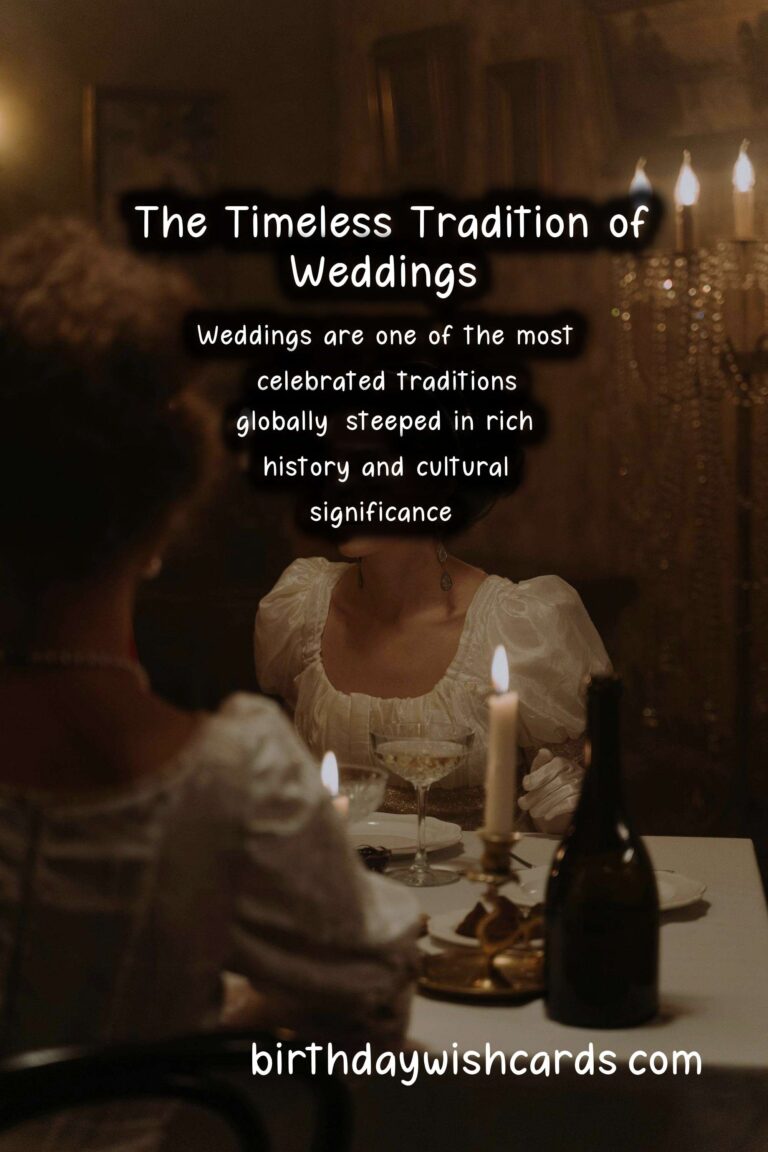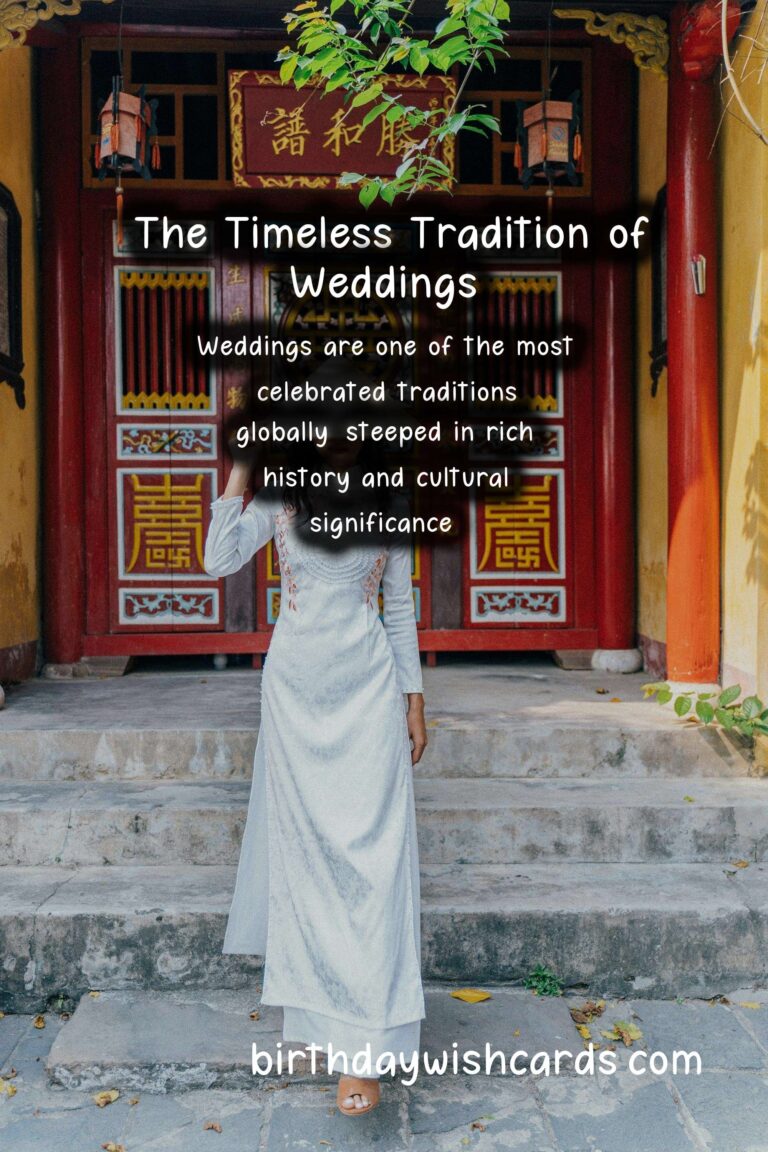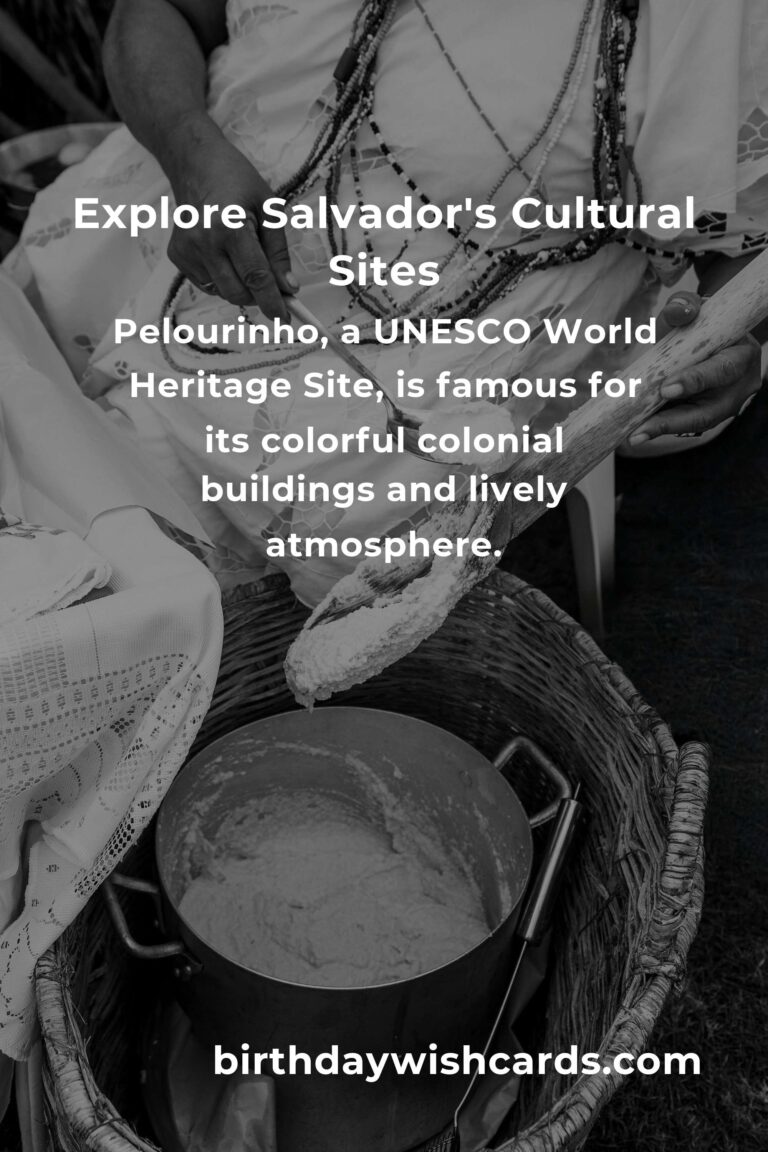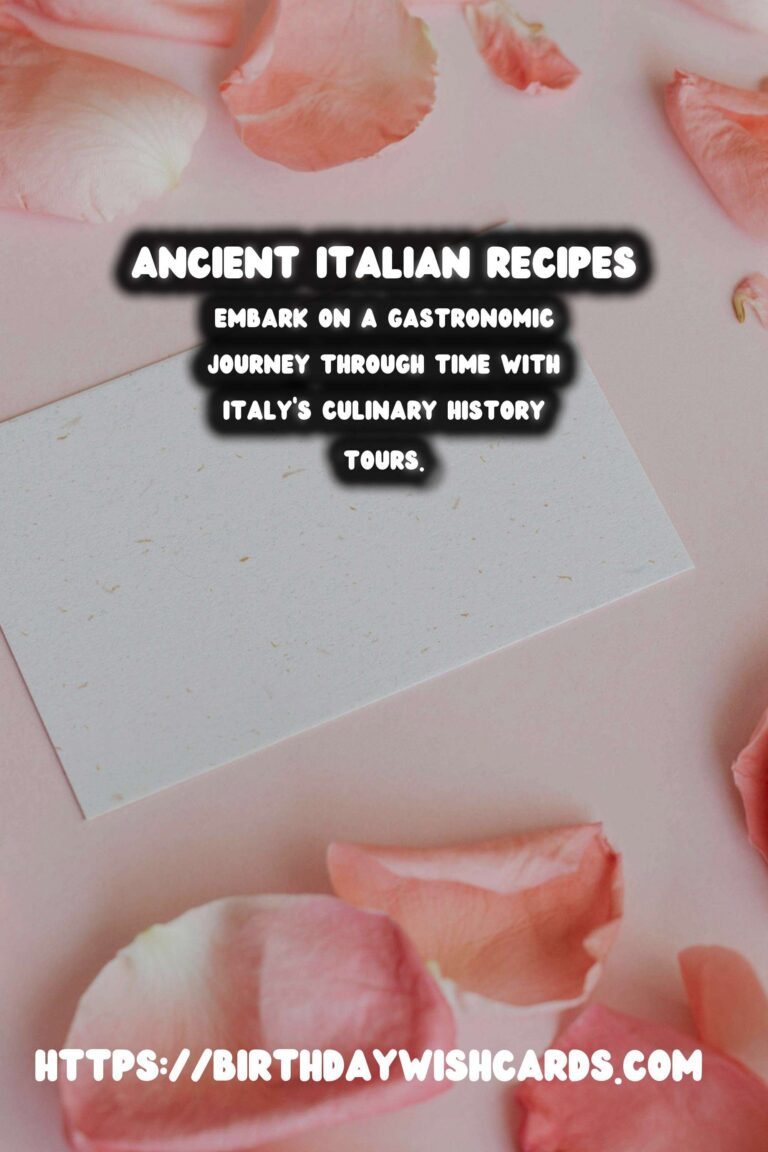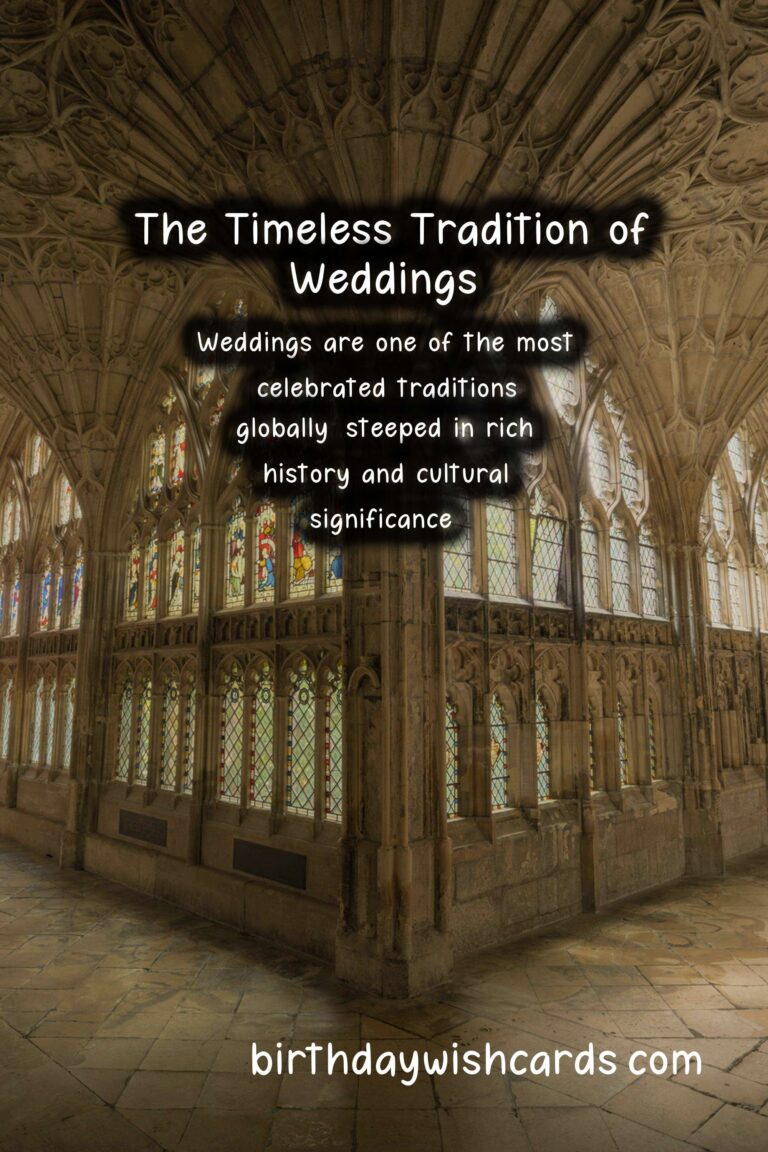
Weddings are one of the most celebrated traditions globally, steeped in rich history and cultural significance. This post delves into the historical evolution of weddings, examining their origins, cultural variations, and the significant practices that have persisted through time.
Origins of Marriage
The concept of marriage can be traced back to ancient civilizations. While the exact origin is difficult to pinpoint, evidence suggests that marriage as a social contract began around 4,000 years ago in Mesopotamia. Initially, it was more about forming alliances and creating kinship ties rather than love and companionship.
In these early societies, marriages were arranged by families to strengthen bonds and secure economic stability. The idea of love in marriage was not a primary consideration, as social and economic factors drove the institution.
Marriage in Ancient Cultures
Different cultures around the world developed their own unique wedding customs, reflecting their values and beliefs:
1. Ancient Rome
In ancient Rome, marriage was viewed as a contract, often formalized by a public ceremony. The traditional Roman wedding included rituals such as the crossing of the threshold, which symbolized the bride entering her new home.
2. Ancient Greece
The Greeks celebrated marriage with elaborate feasts and ceremonies, where the bride would be escorted to her new home by friends and family. It was also common for marriages to be arranged, showcasing the importance of lineage and family ties.
3. Asia and Africa
In various Asian and African cultures, marriage rituals often involve elaborate celebrations, showcasing the couple’s culture and social standing. For instance, Hindu weddings are known for their vibrant traditions, including the sacred fire (Agni) and the Saptapadi, or the seven sacred steps.
The Middle Ages and Wedding Traditions
The Middle Ages brought a shift in wedding customs, primarily influenced by the Christian church. During this period, weddings became religious ceremonies, and the sacrament of marriage was established.
Common practices included:
- Weddings taking place in churches
- Exchange of vows before witnesses
- Elaborate feasts to celebrate the union
Renaissance and Romantic Love
The Renaissance marked a significant social change in attitudes toward love and marriage. This era emphasized romantic love, leading to more personal involvement in choosing partners.
The tradition of wearing white dresses began in this period, popularized by Queen Victoria of England during her wedding to Prince Albert in 1840. This symbolic color represented purity and was soon adopted by brides worldwide.
Modern Weddings and Their Evolution
Modern weddings have retained many traditional elements while incorporating new trends influenced by culture, individual preferences, and technological advancements. Here are some notable changes:
1. Personalized Ceremonies
Couples now seek to create unique ceremonies that reflect their personalities and values, often blending traditions from different cultures.
2. Destination Weddings
With globalization, destination weddings have become increasingly popular, allowing couples to celebrate their union in exotic locations.
3. The Role of Technology
Technology has transformed wedding planning, with online resources providing numerous inspirations, venues, and vendors at couples’ fingertips.
Cultural Variations and Global Practices
Weddings differ significantly around the globe. Let’s explore some distinct cultural practices:
1. Chinese Weddings
In Chinese culture, weddings are often characterized by the color red, symbolizing luck and happiness. Traditional ceremonies include tea ceremonies that honor parents and ancestors.
2. Jewish Weddings
Jewish weddings incorporate unique rituals, such as the breaking of the glass, symbolizing the fragility of relationships and the destruction of the Temple in Jerusalem.
3. African Traditions
African weddings are diverse, with each ethnic group having its unique customs. The Zulu wedding, for instance, includes the practice of lobola, where the groom pays a bride price to her family.
The Significance of Weddings Today
Weddings today serve as powerful symbols of love, commitment, and community. They unite families and create bonds that can span generations. Furthermore, they are one of the rare occasions in modern society that gathers people together for a shared purpose.
Conclusion
As we explore the history behind weddings, it becomes evident that while customs and practices may have evolved, the core significance of marriage remains unchanged: a celebration of love, unity, and commitment. Understanding these historical roots can deepen our appreciation for our wedding traditions and inspire future generations as they embark on their own nuptial journeys.
Weddings are one of the most celebrated traditions globally, steeped in rich history and cultural significance. The concept of marriage can be traced back to ancient civilizations. 
